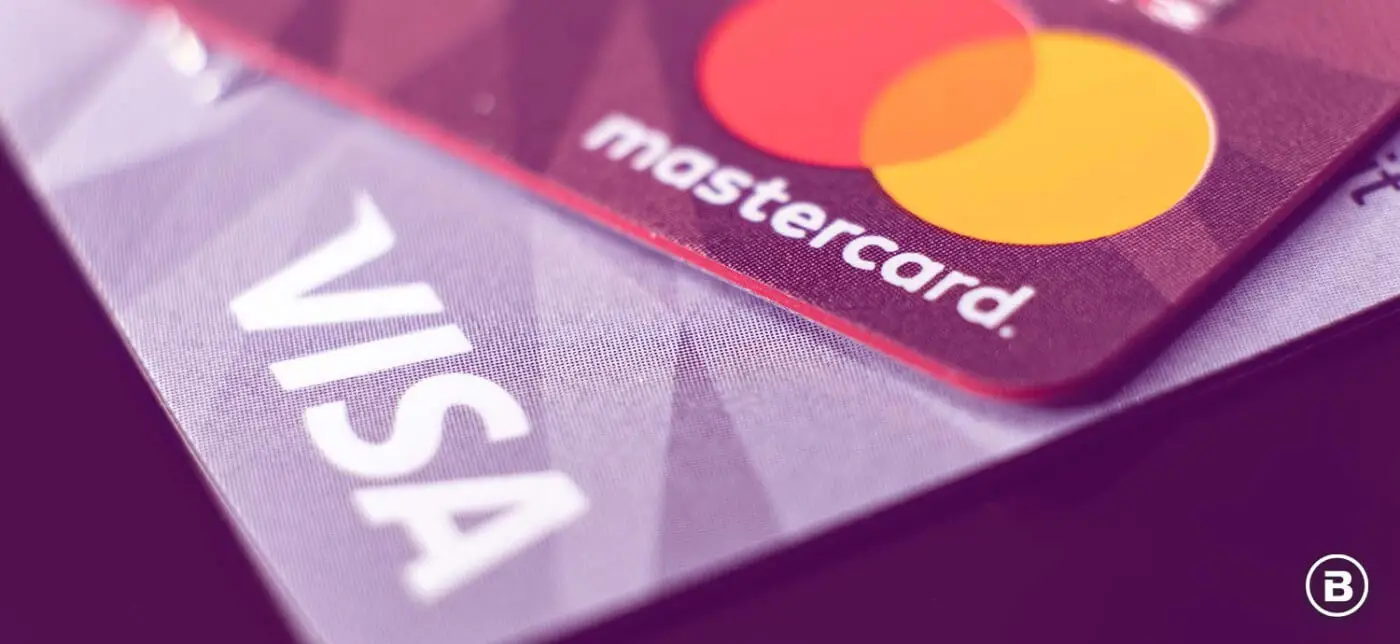Keep pace with the rapidly evolving fintech industry by subscribing to the BIGcast Network. Get weekly insights from industry leaders John Best and Glen Sarvady, delivered straight to your preferred podcast platform. Join our community and stay informed about the latest trends shaping the credit union industry. Subscribe today and ensure you’re always ahead of the curve.

Exploring the Issuer Aspect of the Visa/Mastercard Settlement
Media coverage of last week’s Visa/Mastercard settlement predictably- and appropriately- focused on the impact to merchants and the card network behemoths. Fortunately most news outlets avoided the dubious claim that consumers would somehow benefit from the estimated $30 billion fee concession (there were exceptions- looking at you, New York Times).
Also largely missing from the narrative, however, was the very provable fact that most of the $30 billion will come from the coffers of the credit card issuers- in other words, banks and credit unions. The aftermath also looks somewhat different for big versus small issuers. Let’s consider how some of the lesser reported details could impact credit unions- which land almost exclusively in the small issuer category.
Focus has inevitably gravitated toward the pricetag. Assuming a federal judge approves this settlement, credit interchange rates will be reduced by 4 basis points across the board for the next 3 years, with average interchange lowered by 7 basis points for five years. Merchants’ attorneys project this equates to a $30 billion concession over the five year period- roughly 40% of total US interchange paid in 2023.
Changes to some of the longstanding rules of engagement are even more intriguing, in my opinion. Going forward merchants will be allowed to discriminate by card type, for instance surcharging or refusing to accept “premium” card types (typically those with lucrative rewards programs) that carry higher interchange fees. Traditionally merchants have been unwilling to risk customer ill will (and potential lost sales) by taking this step. I’ve also heard the argument it could be self-defeating, as the customer might instead pull out an Amex card with even higher interchange. As described below, however, further pending twists could alter this calculus.
Smaller merchants will also be permitted to form “buying groups,” for the purpose of aggregating volumes in order to negotiate better rates. “Big Box” stores, grocers and other high-volume players have been striking deals better than the published rate card for some time; this practice may now be expanding.
Perhaps more troubling for credit unions is the agreement to allow merchants to strike deals with specific issuers, rather than with the network overall. It’s easy to envision the likes of Chase, Citi and Capital One striking deals with major retailers in exchange for collaborative advertising, steering those purchases to their cards and away from issuers unable to deliver similar volumes.
Which brings us to one of the settlement’s oddball provisions. For reasons that are not entirely clear, merchants will be free to enable some digital wallets while declining others. This seems rather far afield from the agreement’s core intent, and also appears to advantage the large issuers that owned Visa and Mastercard before they went public (and are also parties to this suit). Arguably it allows merchants to refuse to enable every newfangled wallet created by a startup. This is pure conjecture, but might it also open the door to a large bank-issued digital wallet that steers transactions to its own cards?
Stranger yet in a document devoted to credit rails is the inclusion of non sequitur language allowing merchants to decline Visa/Mastercard “debit devices.” Maybe it amounts to little, and simply marks a convenient opportunity to resolve some longstanding concern. Someone gave this scenario enough thought to fight for its inclusion, however. Hopefully over time we’ll learn what was in the minds of all parties that gave rise to some of the bizarre additions to this 261-page document.
